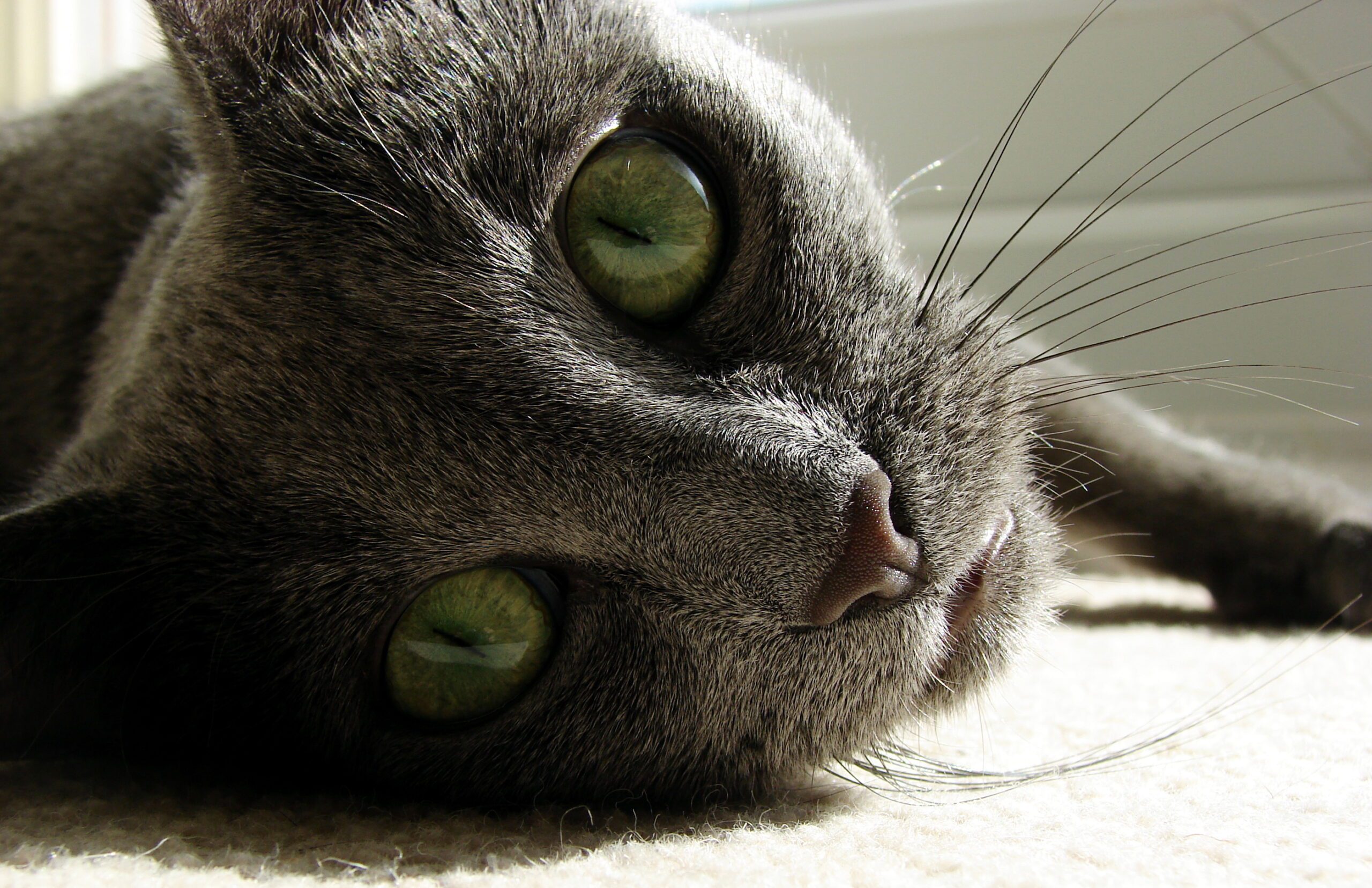Some cat breeds that don’t shed include the Sphynx, Devon Rex, and Cornish Rex. These breeds have minimal shedding due to their short, fine, or hairless coats.
If you’re considering adding a feline friend to your family but are concerned about shedding, there are several cat breeds that are known for their minimal shedding. These breeds include the Sphynx, Devon Rex, and Cornish Rex. Their short, fine, or hairless coats make them ideal for individuals with allergies or those who prefer a low-maintenance grooming routine.
By choosing a cat breed that doesn’t shed much, you can enjoy the companionship of a feline friend without the hassle of excessive fur around your home. We’ll explore some popular cat breeds that are renowned for their minimal shedding and discuss their unique characteristics.
What Is Low-shedding Cat Breeds
Introduction to Low-Shedding Cat Breeds: Finding cat breeds that don’t shed can be a game-changer for those who love felines but are allergic to pet dander. Low-shedding cat breeds are a popular choice for individuals seeking a hypoallergenic pet that won’t leave a trail of hair behind.
The Appeal Of Hypoallergenic Cats
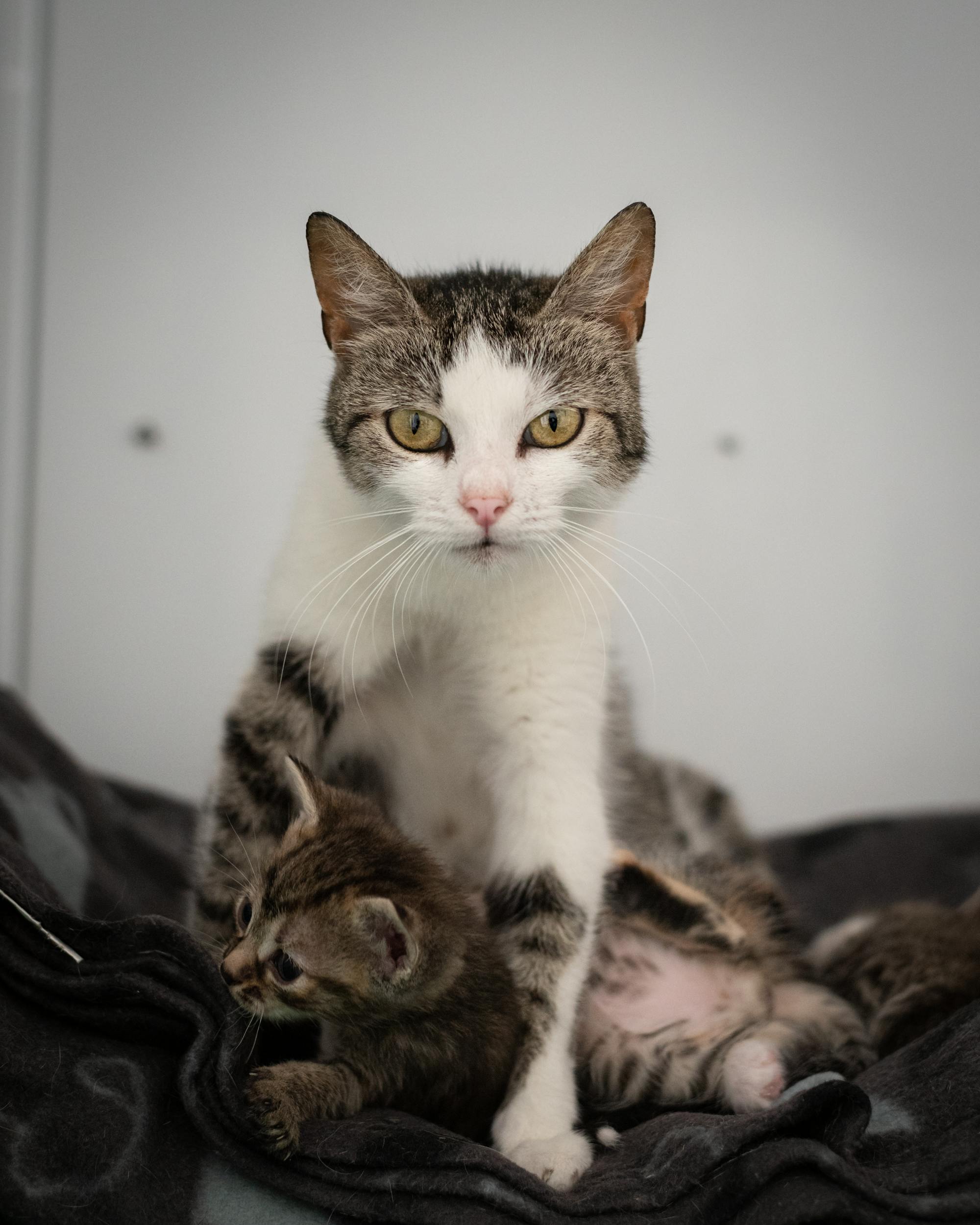
Hypoallergenic cats are a sought-after choice for allergy sufferers as they produce fewer allergens, making them a suitable option for individuals with sensitivities to pet dander. These cats can help create a more allergy-friendly environment at home.
Factors Affecting Cat Shedding

- Diet: A cat’s diet plays a significant role in the quality of their coat and shedding frequency.
- Breed: Different cat breeds have varying levels of shedding, with some being low-shedders.
- Grooming: Regular grooming can help reduce shedding and keep a cat’s coat healthy.
Sphynx: The Hairless Wonder
Unique Needs Of Hairless Cats
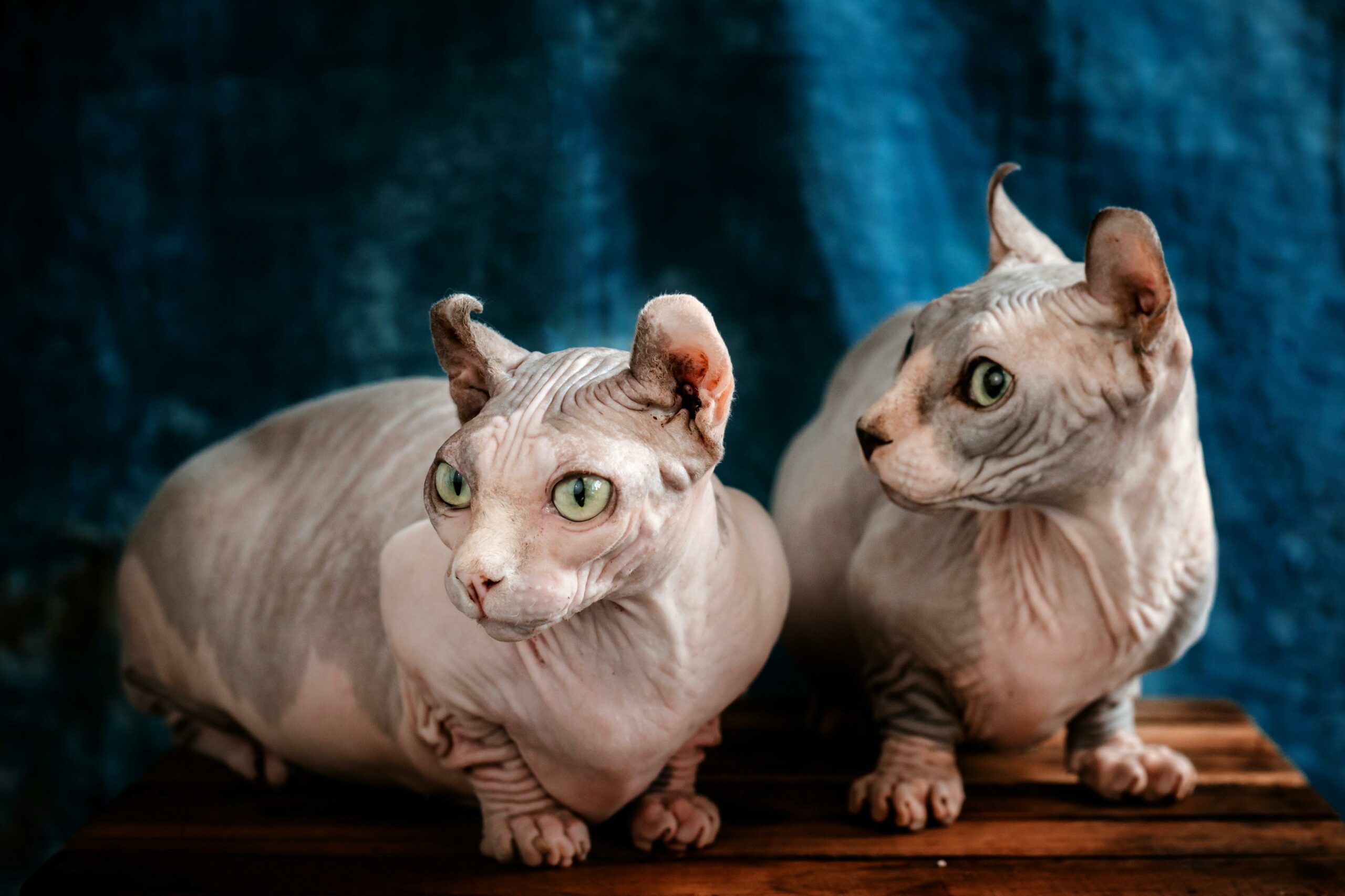
Sphynx cats require regular bathing to remove excess oils from their skin.
They need protection from extreme temperatures due to their lack of fur.
Common Misconceptions
- Sphynx cats are not actually completely hairless, they have a fine layer of fuzz.
- Contrary to belief, Sphynx cats are not hypoallergenic, as allergies can be triggered by their skin oils.
Russian Blue: The Plush, Low-shedder
Characteristics Of Russian Blues
Russian Blues are known for their striking silver-blue coats and captivating green eyes.
- Intelligent and playful nature
- Quiet and reserved demeanour
- Adaptable to different environments
Grooming Tips For Russian Blue Owners
Russian Blues are low-maintenance when it comes to grooming, but here are some tips:
- Regular brushing with a soft bristle brush
- Provide a balanced diet for healthy skin and coat
- Keep litter box clean to prevent tracking of litter
Bengal Cats: Vibrant And Minimal Shedders
When it comes to finding a cat breed that doesn’t shed much, Bengal cats are a top choice. These vibrant and exotic felines are known for their minimal shedding, making them a great option for individuals who love cats but want to minimize the impact of shedding on their homes.
The Exotic Look Of Bengal Cats
Bengal cats are renowned for their striking appearance. Their sleek, muscular bodies are adorned with distinctive coat patterns that resemble those of their wild ancestors. The breed’s coat comes in various colours, including brown, snow, silver, and charcoal, often featuring rosettes, spots, or marbling that contribute to their exotic allure.
Maintaining A Bengal’s Coat
Despite their luxurious coats, Bengal cats are relatively low-maintenance when it comes to grooming. Their short, dense fur requires minimal brushing, typically once or twice a week, to remove loose hairs and distribute natural oils. Regular nail trimming, ear cleaning, and dental care are also essential aspects of maintaining a Bengal’s overall well-being and appearance.
Cornish Rex: The Curly coated Minimalist
Meet the Cornish Rex, the curly coated minimalist among cat breeds that don’t shed. With its distinctive wavy fur, this breed is a favourite among cat lovers who are looking for a low-maintenance pet that won’t leave a trail of hair in its wake. But there’s more to the Cornish Rex than just its unique coat. Let’s explore into the fascinating world of this charming feline.
The Unique Coat Of Cornish Rex
The Cornish Rex’s coat is unlike any other in the feline world. Rather than the typical guard hairs and down hairs found in most cats, the Cornish Rex has only a soft, curly undercoat. This lack of a top layer of fur is what gives the breed its unique appearance, making it stand out from other cats. The lack of shedding also means less maintenance for pet owners, making the Cornish Rex an ideal choice for those with allergies or those who simply prefer a tidier living space.
Health Considerations For Cornish Rex
While the Cornish Rex is generally a healthy breed, there are a few health considerations to keep in mind. Due to their unique coat, they are more susceptible to skin issues, such as sunburn and rashes, so it’s important to provide them with proper protection and grooming. Additionally, their slender build means they may be more prone to certain health conditions, such as muscle weakness. Regular veterinary check-ups and a balanced diet are essential for maintaining the well-being of these elegant felines.
Siamese: Sleek And Low Maintenance
The Siamese cat is a popular choice for those looking for a breed that doesn’t shed excessively. Their sleek coats require minimal grooming, making them a low-maintenance option for cat lovers.
The Siamese Cat’s Coat And Shedding
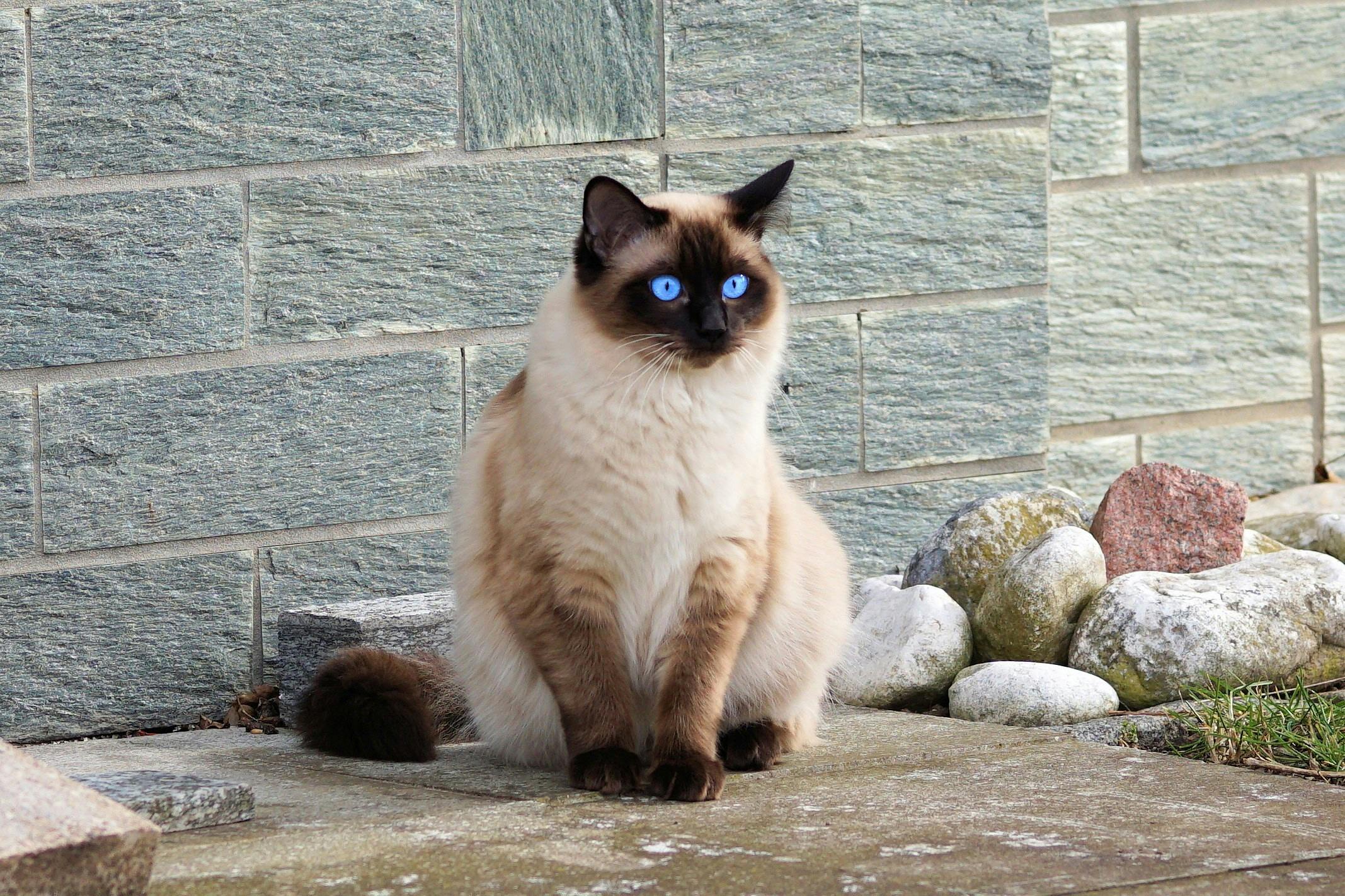
Siamese cats have short, fine coats that shed minimally, reducing the need for frequent grooming sessions.
The Social Siamese Personality
Siamese cats are known for their social and affectionate nature, forming strong bonds with their owners.
Oriental Shorthair: The Diverse Coat
The Oriental Shorthair is a cat breed known for its diverse coat that doesn’t shed much. This makes it a popular choice for individuals looking for low-maintenance pets. With its sleek and short coat, the Oriental Shorthair is a great option for those who want a cat that doesn’t leave much hair around the house.
Variety In Oriental Shorthair Coats
The Oriental Shorthair cat breed is known for its diverse coat variations, ranging from solid colours to intricate patterns.
- Coat colours include solid, tabby, tortoiseshell, and pointed.
- Patterns such as spotted, striped, and marbled are also common.
Caring For An Oriental Shorthair
Proper care for an Oriental Shorthair involves regular grooming and attention to their unique coat needs.
- Brush their coat weekly to reduce shedding and prevent matting.
- Provide a balanced diet to maintain a healthy coat and skin.
- Regular vet check-ups are essential for overall health and coat condition.
Balinese: A Siamese Relative With Less Shedding
The Balinese cat breed is often referred to as a Siamese relative with less shedding, making them an ideal choice for individuals looking for a cat that won’t leave a trail of fur behind.
Balinese Cats: Shedding And Grooming
Balinese cats are known for their minimal shedding, thanks to their single coat of fur, which reduces the amount of loose hair that they leave around the house. Regular grooming, such as weekly brushing, can help keep shedding to a minimum and maintain the Balinese cat’s sleek appearance.
Balinese Vs. Siamese: Comparing Shedding
When comparing Balinese and Siamese cats, one of the key differences is their shedding tendencies. While both breeds are closely related and share many similarities, the Balinese cat’s reduced shedding makes them a popular choice for those who are concerned about excess fur in their homes.
Choosing The Right Low-shedding Cat
Choosing the perfect cat breed that doesn’t shed can be a daunting task, especially if you have allergies. There are several cat breeds that are known for their low shedding, making them a great option for those who want a furry companion without the hassle of constant cleaning. In this article, we will discuss the considerations potential owners must keep in mind while selecting the right low-shedding cat and how allergies can affect cat selection.
Considerations For Potential Owners
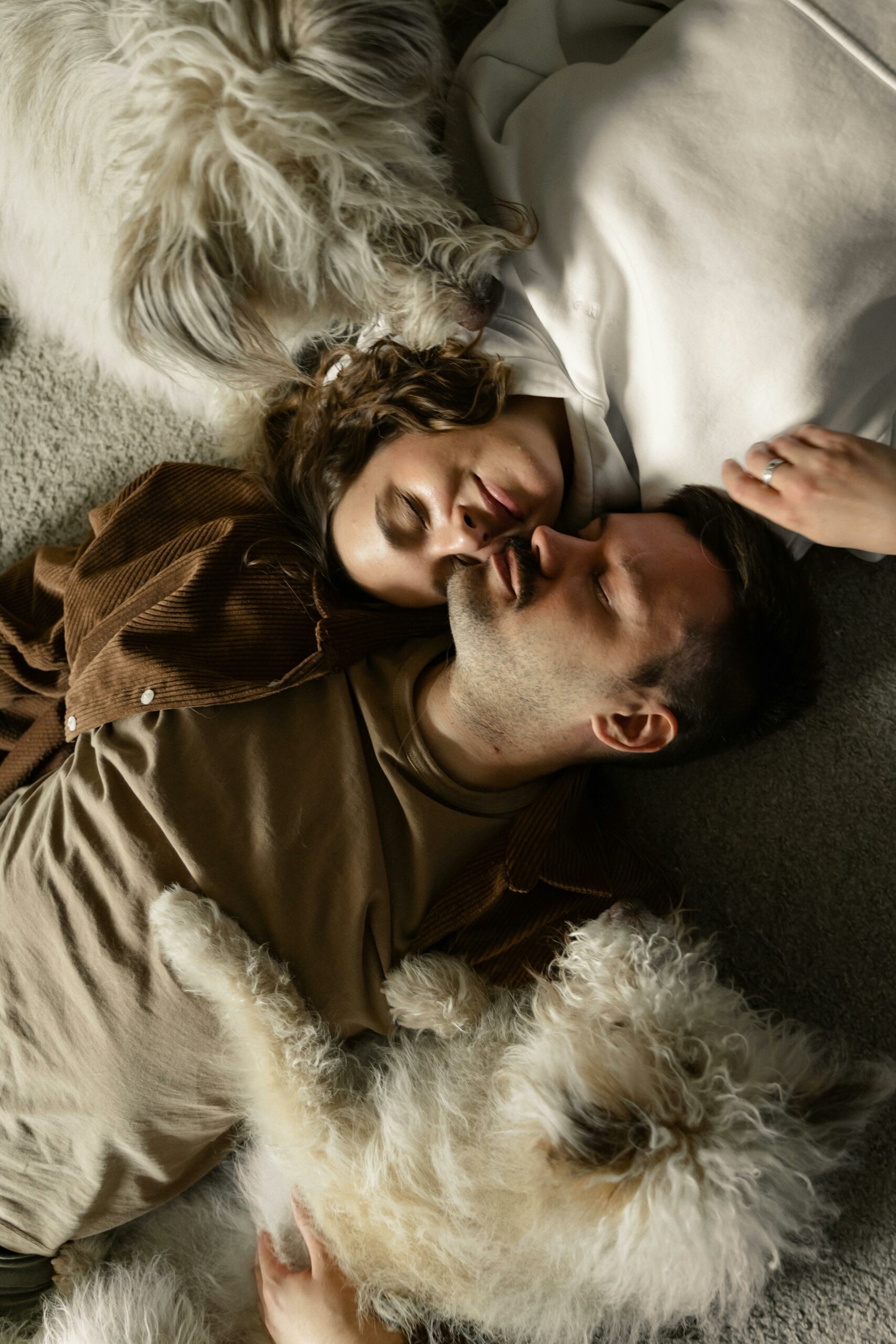
Before selecting a cat breed that doesn’t shed, there are a few factors that potential owners must consider:
- Activity Level: Some low-shedding cat breeds are more active and playful than others. For instance, the Devon Rex is known for its energetic behaviour, while the British Shorthair is more laid back.
- Living Space: The size of your living space is also an important consideration. Some cat breeds, such as the Sphynx, require more space to roam around and play.
- Temperament: Low-shedding cat breeds have different personalities, so it’s essential to choose a breed that fits your lifestyle. For instance, the Siamese cat is known for its vocal and affectionate personality, while the Persian cat is more reserved.
Allergies And Cat Selection
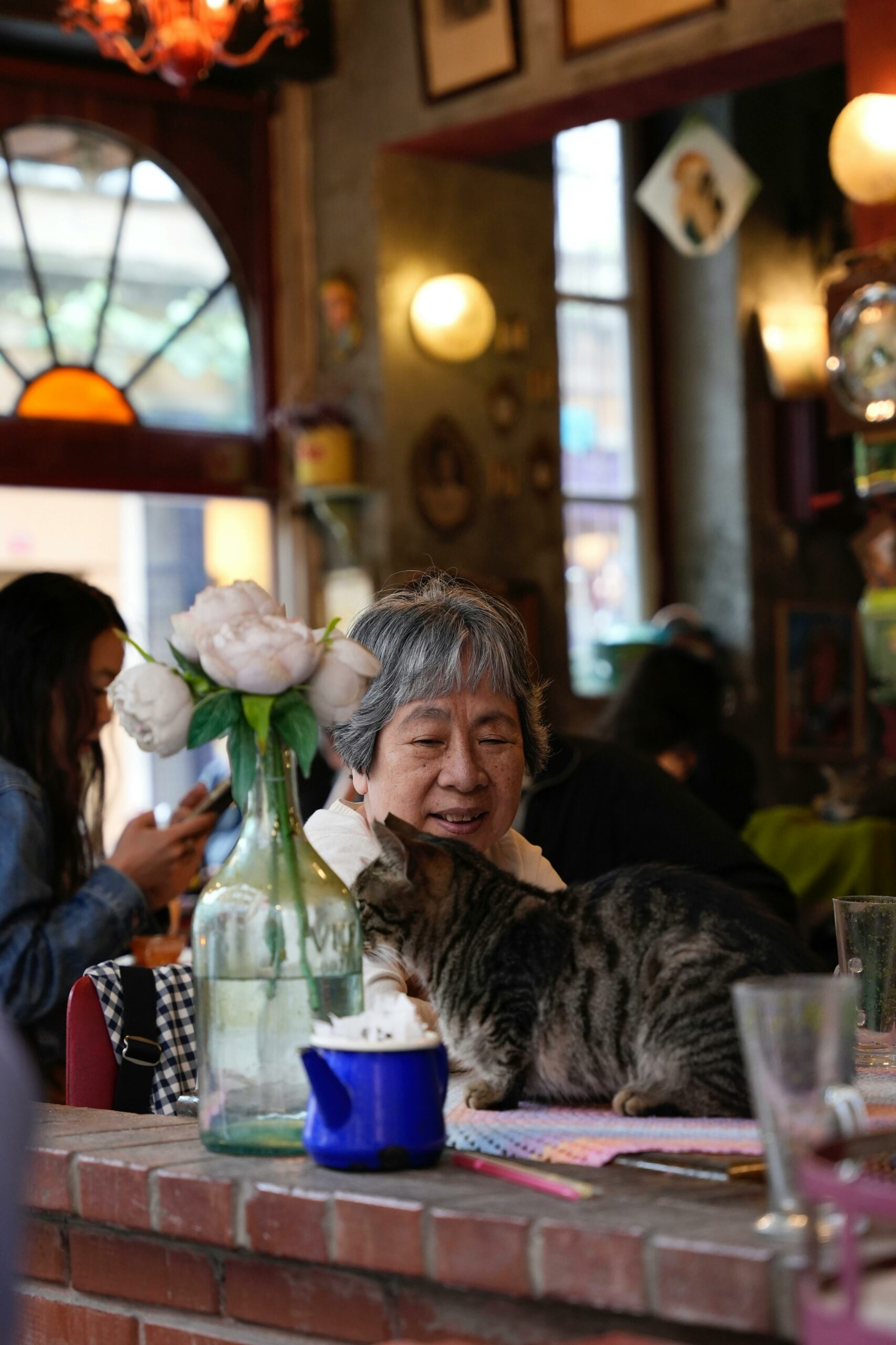
One of the most common reasons people opt for a low-shedding cat is allergies. While no cat breed is entirely hypoallergenic, some are less likely to trigger allergies than others. Here are a few cat breeds that are known for their low-shedding and are less likely to trigger allergies:
| Cat Breed | Shedding Level |
|---|---|
| Balinese | Low |
| Devon Rex | Low |
| Sphynx | Minimal |
| Siberian | Low |
It’s important to note that even if a cat breed is considered low-shedding, it may still produce dander, which can cause allergies. If you have allergies, it’s best to spend time with the cat breed you’re interested in to see if you have a reaction before bringing it home.
Choosing the right low-shedding cat requires careful consideration of your lifestyle, living space, and allergies. With the right cat breed, you can enjoy the companionship of a furry friend without the hassle of constant cleaning or allergy symptoms.
Maintenance And Care For Low-shedding Breeds
When it comes to owning a cat, dealing with shedding can be a major concern for many pet owners. However, there are cat breeds that don’t shed as much as others, making them a great choice for individuals who are looking for a low-maintenance pet. These low-shedding breeds require specific maintenance and care to keep their coat healthy and reduce shedding. In this article, we’ll explore the dietary influence on shedding and the routine grooming essentials for low-shedding breeds.
Dietary Influence On Shedding
Proper nutrition plays a crucial role in the health of a cat’s coat. A diet rich in omega-3 fatty acids can help reduce shedding and promote a healthy, shiny coat. Omega-3 fatty acids can be found in fish oils, flaxseed, and certain types of commercial cat food. Incorporating these essential nutrients into your cat’s diet can lead to a noticeable reduction in shedding, keeping your feline’s coat in optimal condition.
Routine Grooming Essentials
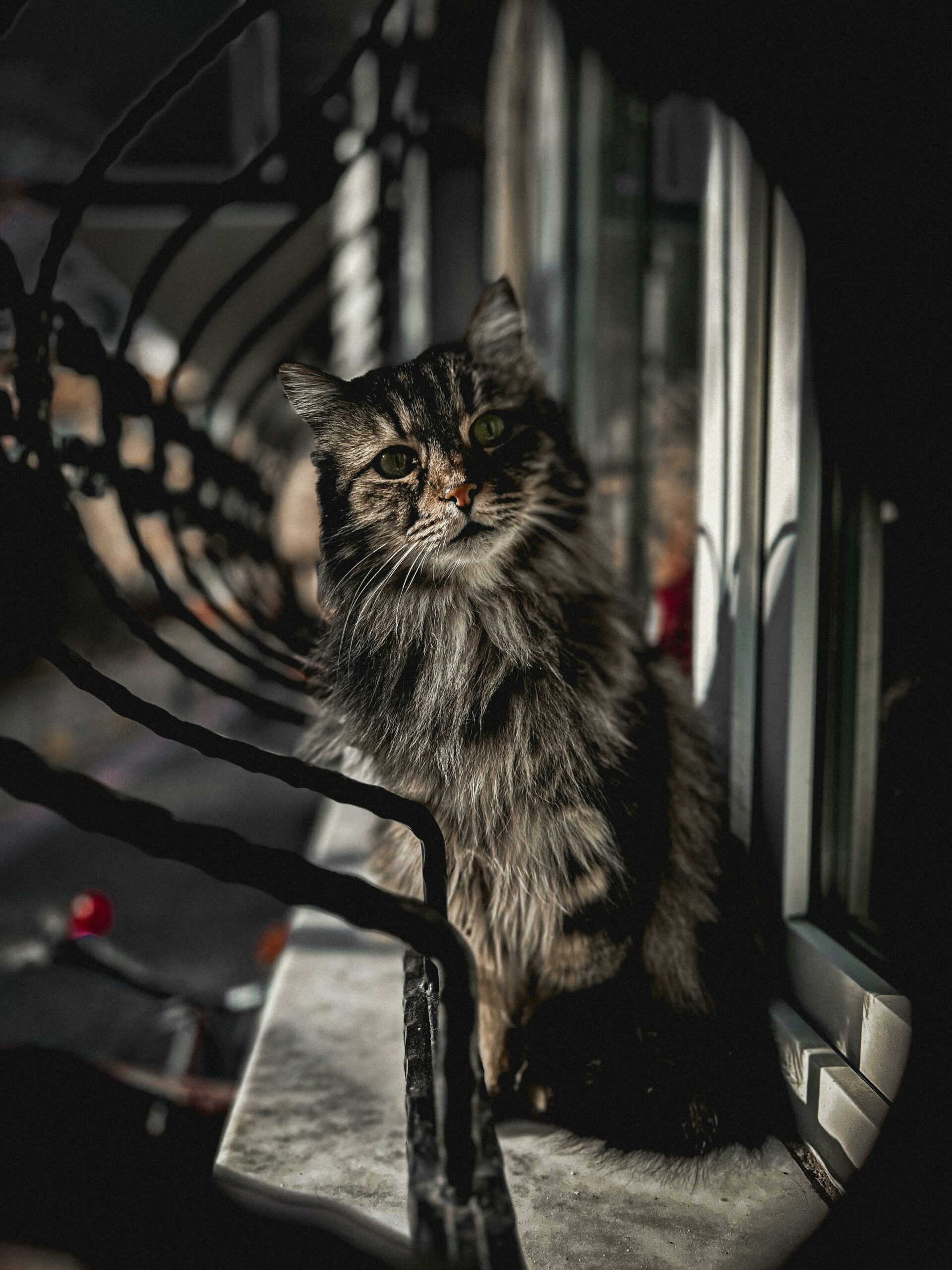
Regular grooming is essential for maintaining the coat of low-shedding cat breeds. Brushing your cat’s coat on a weekly basis helps remove loose fur and prevents it from accumulating around your home. Invest in a high-quality brush designed for your cat’s specific coat type to effectively remove loose hair and distribute natural oils. Additionally, bathing your cat occasionally with a gentle, hypoallergenic shampoo can further reduce shedding and keep their coat clean and healthy.
Frequently Asked Questions
What Breed Of Cat Sheds The Least?
The Siberian cat breed sheds the least among all cat breeds. Their thick, triple-layered coat reduces shedding. Regular grooming can further minimize shedding.
Which Cat Needs The Least Grooming?
Short-haired cats need the least grooming due to their minimal shedding and self-maintenance abilities. Regular brushing and occasional bathing are usually sufficient for their care.
Are There Any Long Haired Cats That Don’t Shed?
Yes, there are long haired cat breeds that don’t shed much, such as the Siberian, Balinese, and Javanese cats. While no cat is completely non-shedding, these breeds have less dander and produce less allergens than other breeds. Regular grooming and a healthy diet can also help reduce shedding.
Are There Hypoallergenic Cats?
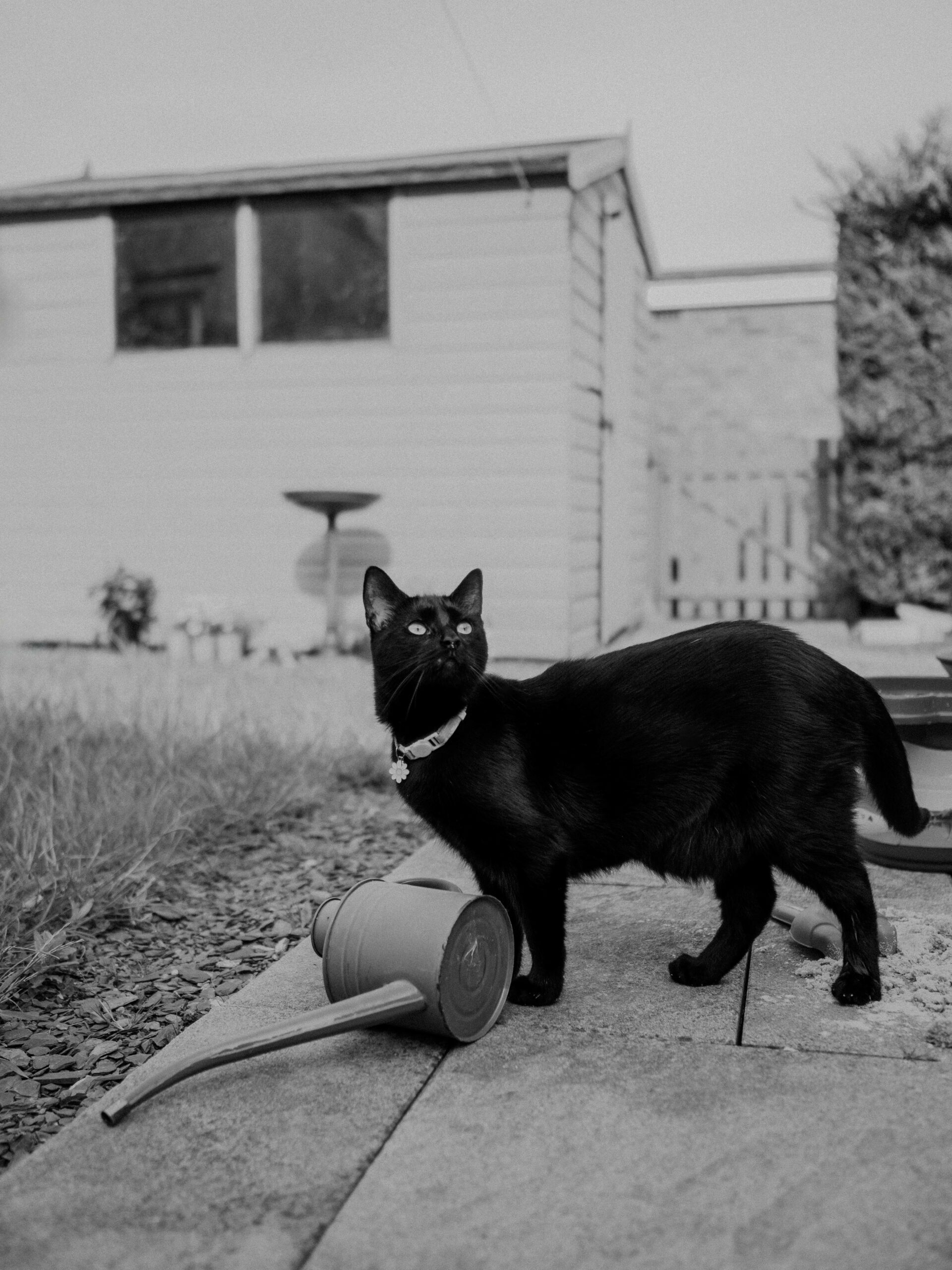
Yes, some cat breeds are considered hypoallergenic due to producing fewer allergens. These breeds include Siberian, Balinese, and Sphynx.
Choosing a cat breed that doesn’t shed can be a game-changer for allergy sufferers and those looking for low-maintenance pets. From the playful and affectionate Siamese to the elegant and regal Russian Blue, there are several options to consider. By doing your research and understanding the characteristics of each breed, you can find the perfect feline companion that fits your lifestyle.
